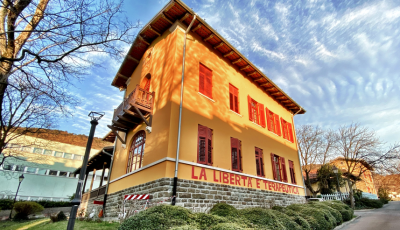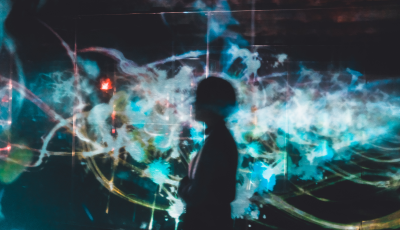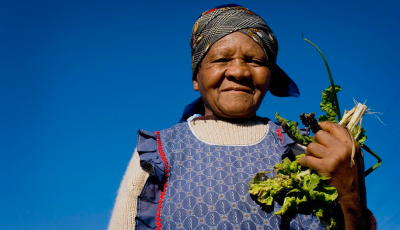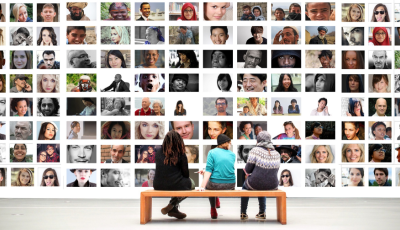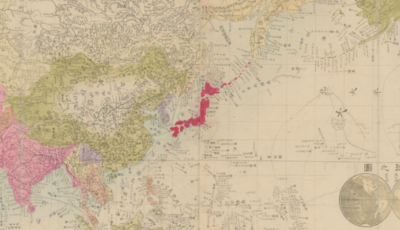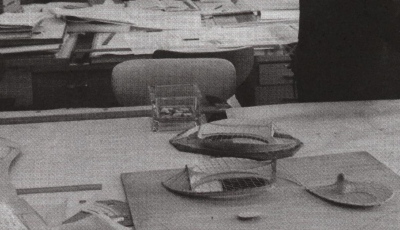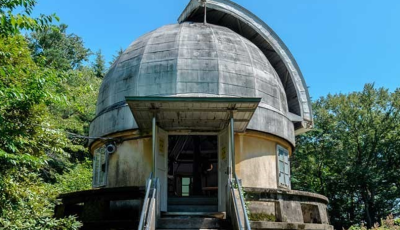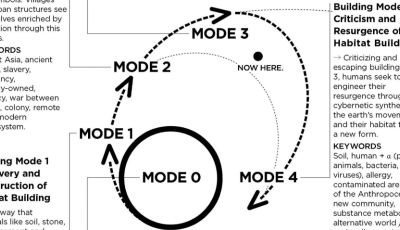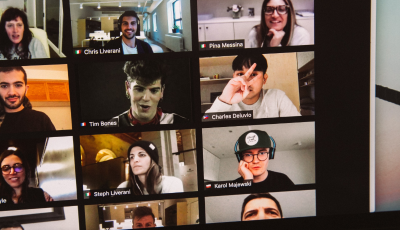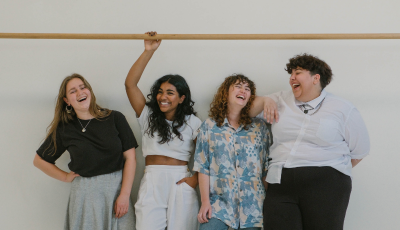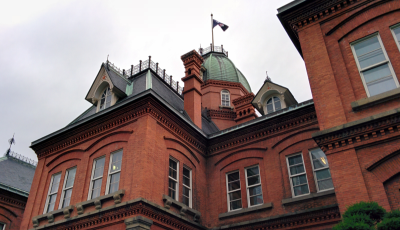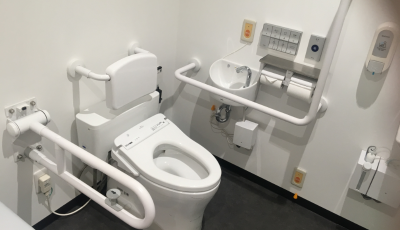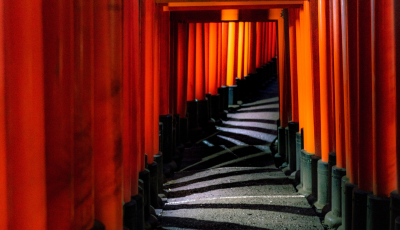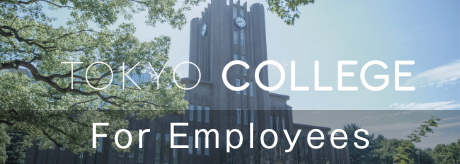Do Urban Green Spaces Foster Social Capital?
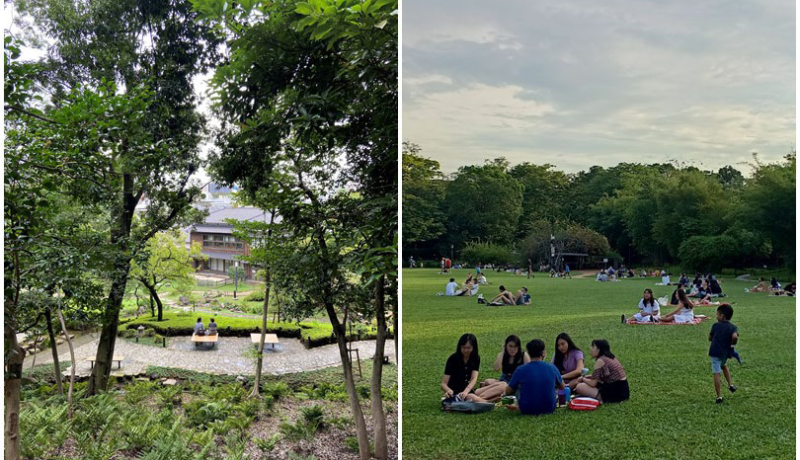
People seek nature to perceive and express their sense of being. Indeed, the human-nature relationship is the backbone of the ecosystem services framework, an ecology concept recently gaining large attention to offer nature-based solutions for the sustainability and resilience of cities. Rapid urbanisation, however, posits threats to the harmony between nature and humanity. Urbanisation processes have caused declining nature availability and rising environmental problems in cities1. Separately, urbanisation-driven densification may lead to social withdrawal and diminishing social capital2, which is a key indicator of human well-being3.
The role of nature to encourage social interactions is not entirely new. It has been discussed since the early years of modern urban planning. The New Urbanism, which influences green space planning of many cities today, proposes walkability to public spaces, including urban green spaces, encourages social interactions4. It highlights the role of nature within the city as everyday public social space. Studies to understand the aspects of urban green space that encourage social interactions and foster social capital, however, remain limited particularly in the context of high-density Asian cities.
An earlier study on Singapore has revealed that people’s perceptions of urban green space are more important than quantitative provision per se5. However, perceptions of green space are likely to vary between contexts, highlighting the importance of comparison study to obtain possible generalisations that can contribute to the knowledge and future urban green space planning and design. Few studies on Japanese cities have shown the influence of perceptions in people’s appreciation towards green spaces6,7. But, studies that analyse comprehensively the relationship between green spaces and social capital in the context of a high-density urban environment remain unknown.
In this project, I will be working with Professor Makoto YOKOHARI from the Department of Urban Engineering, the University of Tokyo.
References
1. C. Haaland, C. Konijnendijk van den Bosch. 2015. Challenges and Strategies for Urban Green-Space Planning in Cities Undergoing Densification: A Review. Urban Forestry and Urban Greening 14 (4): 760–71. doi.org/10.1016/j.ufug.2015.07.009. 2. S. Mazumdar, V. Learnihan, T. Cochrane, R. Davey. 2017. The Built Environment and Social Capital: A Systematic Review. Environment and Behavior. doi.org/10.1177/0013916516687343. 3. Organisation for Economic Co-operation and Development. 2011. Compendium of OECD Well-Being Indicators. Oecd. 4. H. Jr. 2018. The Evolution of Neighborhood Planning. In Civitas by Design. Building Better Communities, from the Garden City to the New Urbanism., 60–76. Philadelphia: University of Pennsylvania Press. 5. R. Samsudin, P.Y. Tan, V. Chua. forthcoming. Perception and typology of neighborhood green space mediate social capital formation in a high-density urban environment. Landscape and Urban Planning. 6. I. Aoshima, K. Uchida, A. Ushimaru, M. Sato. 2018. The Influence of Subjective Perceptions on the Valuation of Green Spaces in Japanese Urban Areas. Urban Forestry and Urban Greening 34 (February): 166–74. doi.org/10.1016/j.ufug.2018.06.018. 7. M. Kim, C.D.D. Rupprecht, K. Furuya. 2018. Residents’ Perception of Informal Green Space-a Case Study of Ichikawa City, Japan. Land 7 (3). doi.org/10.3390/land7030102.



